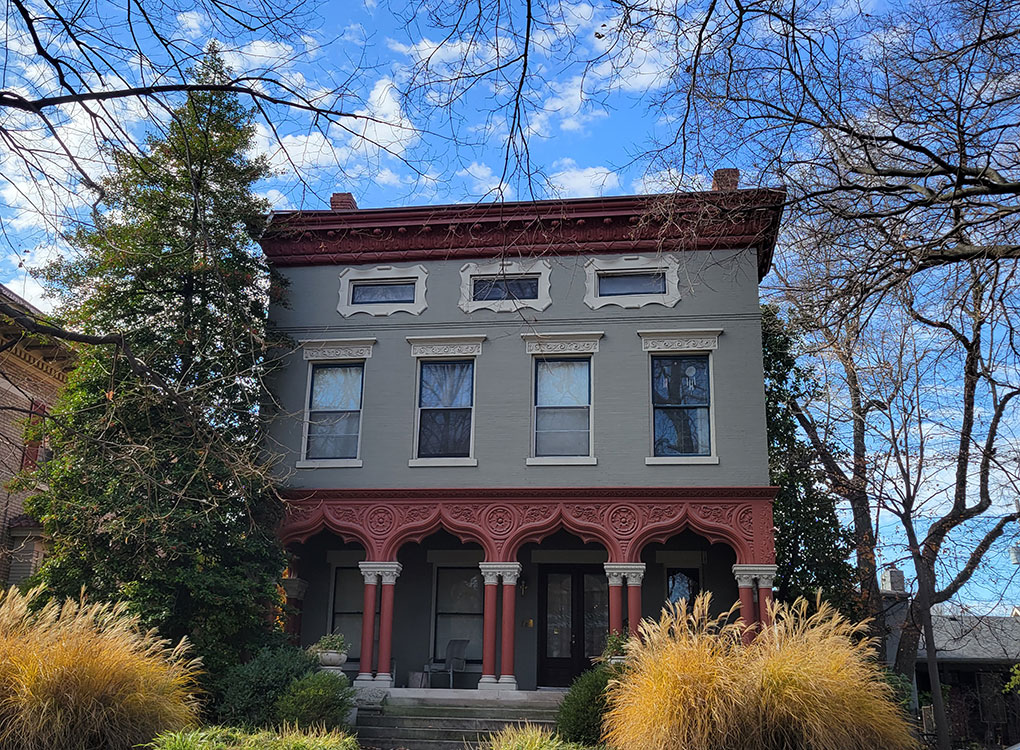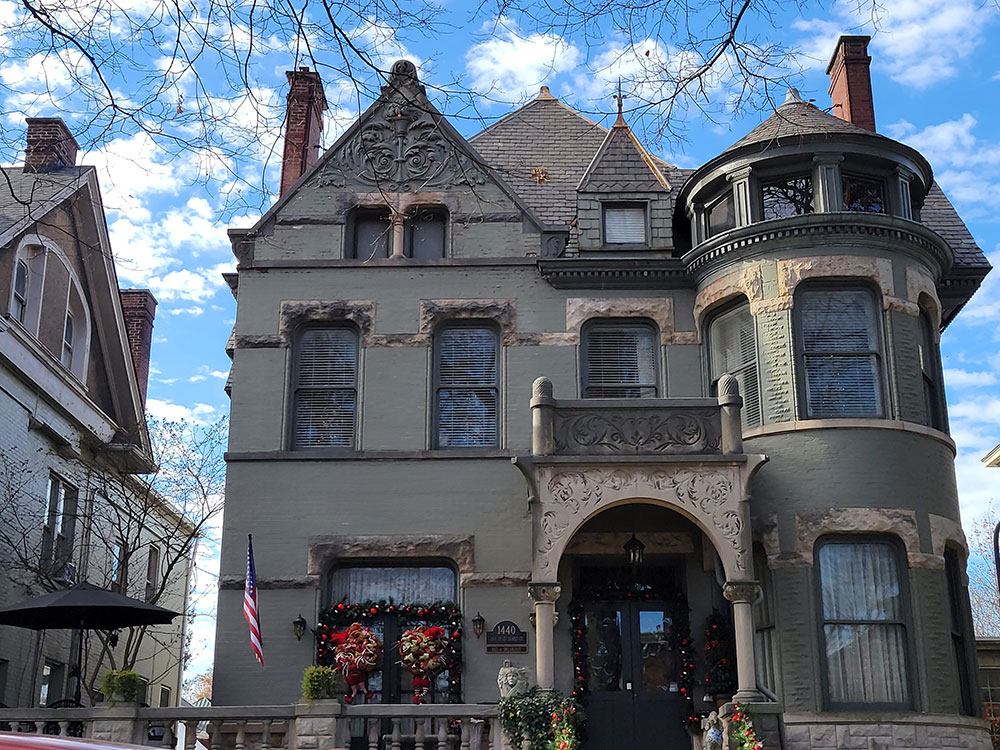Historic district and neighborhood in central Louisville, Kentucky is the third largest such district in the United States, and the largest preservation district featuring almost entirely Victorian architecture
General Information
Old Louisville is a historic district and neighborhood in central Louisville, Kentucky. It is the third largest such district in the United States, and the largest preservation district featuring almost entirely Victorian architecture. It is also unique in that a majority of its structures are made of brick, and the neighborhood contains the highest concentration of residential homes with stained glass windows in the U.S. Many of the buildings are in the Victorian-era styles of Romanesque, Queen Anne, Italianate, among others.
Old Louisville consists of about 48 city blocks and is located north of the University of Louisville's main campus and south of Broadway and Downtown Louisville, in the central portion of the modern city. The neighborhood hosts the renowned St. James Court Art Show on the first weekend in October.
Despite its name, Old Louisville was actually built as a suburb of Louisville starting in the 1870s, nearly a century after Louisville was founded. It was initially called the Southern Extension, and the name Old Louisville did not come until the 1960s. Old Louisville was initially home to some of Louisville's wealthiest residents, but saw a decline in the early and mid-20th century. Following revitalization efforts and gentrification, Old Louisville is currently home to a diverse population with a high concentration of students and young professionals.
Old Louisville features the largest collection of pedestrian-only streets of any U.S. neighborhood. Eleven such "courts", where houses face each other across a grass median with sidewalks, were built in the neighborhood from 1891 to the 1920s. Most of the courts are centered off of 4th Street. Belgravia Court and Fountain Court were the first ones to be built in 1891 and are the most well known. Later ones included Reeser and Kensington (1910), which were built with large Victorian styled apartments instead of single family homes; and Eutropia and Rose Courts, which were the last ones built in the 1920s and featured small, single story houses. Belgravia and St. James Court were completely rehabilitated as a part of the urban renewal that began in the 1960s. These developments are apparently unique to Louisville.
Two of the three major four-year universities in Louisville are located adjacent to Old Louisville, with Spalding University to the north and the University of Louisville to the south.
Old Louisville is well known for its architecture, with styles ranging from Federal to Queen Anne. Very few antebellum buildings remain, and the most impressive buildings were built in the late 19th century. There are a few Italianate, Beaux-Arts and Second Empire-style houses, but Victorian styles dominate. Victorian Gothic styles are commonly seen. Many styles in Old Louisville are united by their use of red sandstone trim, which became popular by the 1880s. Another common Victorian style is the Richardsonian.
Aside from the best represented styles of architecture, Old Louisville also has several great examples of the Chateauesque style of architecture in select buildings throughout the area.
This article uses material from the Wikipedia article "Old Louisville" which is released under the Creative Commons Attribution-Share-Alike License 3.0
Old Louisville Pics

